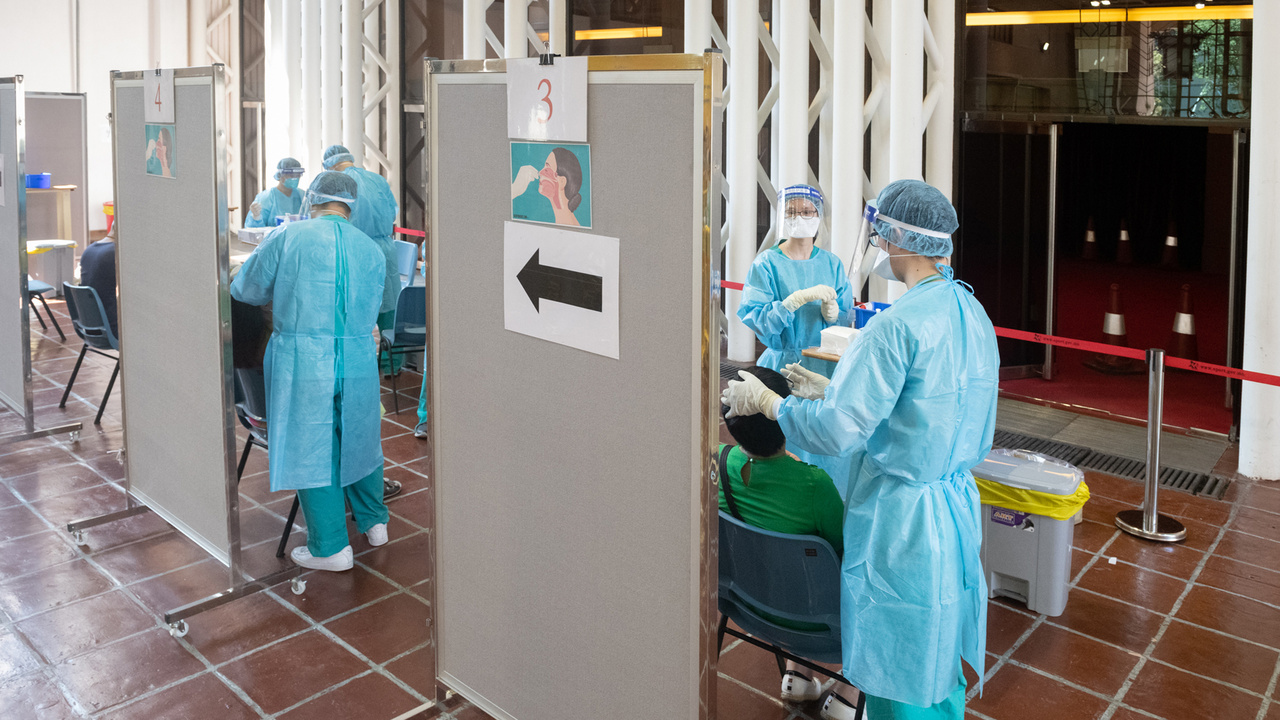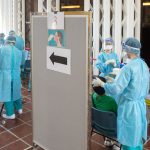
The Novel Coronavirus Response and Coordination Centre announces that, to fulfil the needs of people departing Macao, the NAT results of people who have completed sampling at all free NAT stations anytime between 2 August and 3 August – including key groups and people who leave home for work – will be uploaded to the Macao Health Code and can be used for border-crossing purpose. Members of the public do not need to rush for nucleic acid testing, which would cause crowding. However, results of free nucleic acid testing on or after 4 August cannot be used for border-crossing purpose.
To cooperate with the above measure, most of the NAT stations in operation on 3 August will extend their opening hours as follows: 24 general NAT stations will open from 08:00 to 24:00; 17 outdoor NAT stations from 07:00 to 24:00 (without lunch break); 10 NAT stations at hotels from 10:00 to 13:00, and from 14:00 to 24:00. Meanwhile, the mobile NAT bus at Escola Luso-Chinesa de Coloane, the NAT station at Macau International Airport, and 2 self-paid stations [Nam Yue - FAOM (G/F, Macao Federation of Trade Unions Workers Stadium) and Kuok Kim Medical Centre (Macao)] will maintain normal operating hours.
The public can make an appointment for nucleic acid testing through the following link: https://eservice.ssm.gov.mo/allpeoplernatestbook. For services at self-paid NAT stations, please book via https://eservice.ssm.gov.mo/rnatestbook/V21/ or https://app.ssm.gov.mo/kkhtbook.
Prior booking is strictly required in all NAT stations; booking code and Macao Health Code are required for entry. Results will be available within 12 hours after NAT sampling, and the Health Bureau will upload their results to the Macao Health Code.


